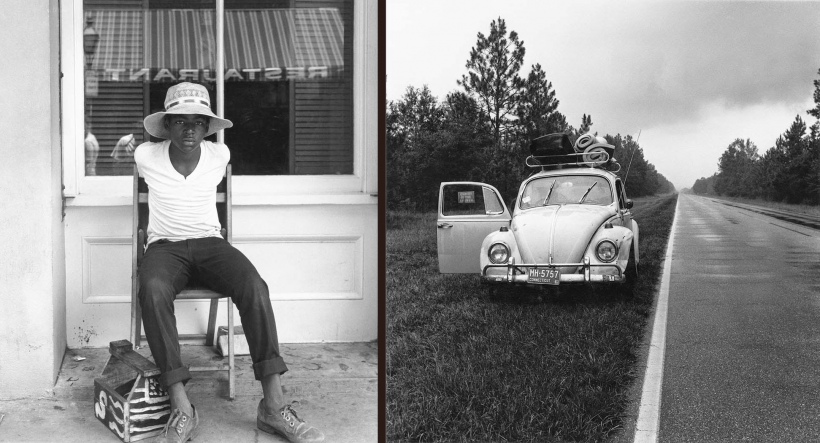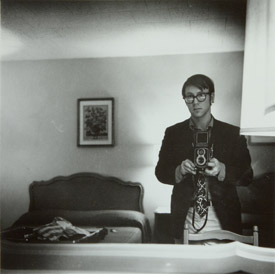News
The Great American novel, in pictures
Raymond W. Smith started crafting his great American novel over 40 years ago.
Mr. Smith, a 1964 Woodrow Wilson Fellow, had always had literary aspirations. As he set off on a summer tour of the American South, however, he wielded not a pen, but a pair of twin-lens cameras.
“For me the portrait is primary,” says Mr. Smith. “The photograph is a short story, exploding beyond its frame.”
Through his WW Fellowship, Mr. Smith studied literature and history in Yale’s American Studies program. On his first trip to the Yale Art Gallery to a show titled “Photography in America,” Mr. Smith was incredibly moved by a photo by Walker Evans. Evans, best known for his Depression-era photography, happened to be on faculty at Yale and later became a mentor to Mr. Smith.
Seeing photography as another way to study people and histories, Mr. Smith began incorporating it into his exploration and understanding of American Studies.
“At the time, American Studies had only used photography as illustration,” said Mr. Smith. “I felt it was much more than that—that it could also be expressive, just like writers of history and writers of literature. I wanted to present American culture through photography so that the photograph was the ultimate expression rather than being used as only an illustration to history.”
Then, in the summer of 1974, as a way to take time away from a looming dissertation topic, Mr. Smith and a friend loaded up a Volkswagen beetle, and began their tour of the south. Mr. Smith’s photographs convey a very specific sense of place and preserve the narratives of the people within.
“[The photographs] document a transitional historical moment in a quiet and non-programmatic way,” says Richard H. King, Professor Emeritus of American Intellectual History at the University of Nottingham. “It is not class or race, geography, or history but the fact of making oneself present in the world, of being seen, that is the outstanding fact about them.”
The self-taught photographer came away with 750 negatives, which today are the source of his long awaited book, In Time We Shall Know Ourselves.
“Maybe this is my great American novel,” Mr. Smith says. “But mine’s in pictures.”
—
The full collection of photographs can be seen online here. The book is accompanied by a traveling exhibition and will be on view at the Museum of Contemporary Art in Jacksonville, Florida, from April 25–August 23, and at the Georgia Museum of Art at the University of Georgia in Athens, Georgia, from October 25–January 3, 2016. The book, published by Peter Hastings Falk at Rediscovered Masters, can be purchased through the publisher or through Mr. Smith.



